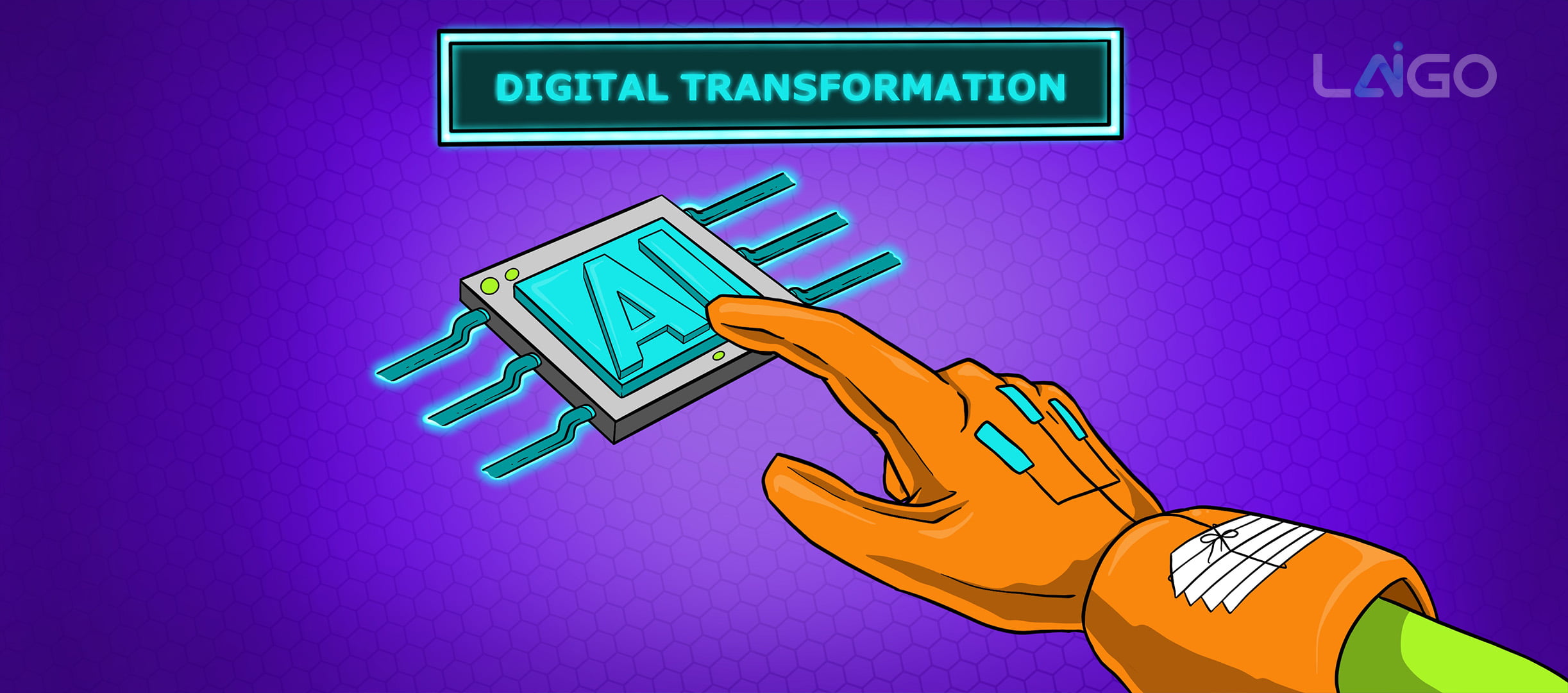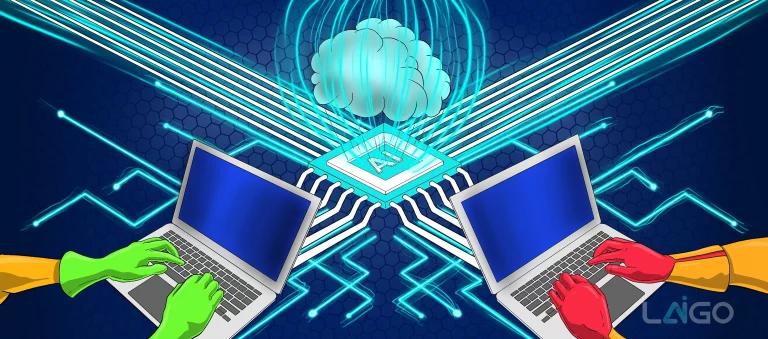In the rapidly evolving landscape of technology, software makers find themselves at a pivotal crossroads. The progress of Artificial Intelligence (AI) is constantly presenting us with an array of choices on how to improve our businesses. When it comes to AI, the question that often arises is whether to build AI models for your business from scratch or to hire a company that can build them for you.
In this article, we will explore this dilemma from the perspective of software makers, emphasizing the importance of integration, accuracy, and safeguarding existing systems.
Integration: Crafting AI Solutions Tailored to Your Needs
One of the foremost considerations for software makers delving into AI is integration. The essence of AI is its adaptability; it can be tailored to suit the unique needs of each client and their existing software. At the outset of any AI project, attentive listening is paramount. We take the time to understand our client’s specific requirements and ensure that the AI model aligns seamlessly with their software. If we cannot deliver on a project, we won’t commit to it, as wasting both our time and the client’s serves no one.
Accuracy: Measured Results Every Time
A fundamental distinction between traditional software and AI lies in the delivery of measured results. Most software may not always provide measured numbers, whereas AI models deliver precise, quantifiable results every time the program is executed. The accuracy of AI models continues to improve as they are trained with more data and documents. Thus, the core functionality of AI centers on providing reliable, measured results—a significant advantage for software makers and their clients.
Safeguarding Existing Systems: The Importance of Half-Integration
Ensuring the seamless integration of AI with existing software is vital to avoid unintended side effects. To mitigate this risk, we at laigo.ai use a process called “half-integration.” This approach involves sending test files to our client’s software to check for errors. If any issues arise, the software prevents the upload, avoiding further complications. This meticulous quality control ensures that our client’s existing systems remain unscathed while benefiting from AI enhancements.
The Future: AI’s Ubiquity in Business
As we look ahead, it becomes evident that AI models will become as ubiquitous in businesses as the Internet is today. It’s worth reflecting on how, just a few decades ago, the Internet was not considered vital in many parts of the world. However, it has now become an essential part of daily life, even in remote places. Similarly, AI is poised to transform industries and businesses across the globe, regardless of their size or location.
Build or Buy: A Cost-Efficient Decision
Finally, the decision to build or buy AI models hinges not only on integration and accuracy but also on cost-effectiveness. Building a dedicated AI team and developing AI capabilities from scratch can be a costly and time-consuming endeavor. When a company reaches the level of AI proficiency required to stay competitive, the industry landscape may have evolved significantly, leaving them playing catch-up.
In contrast, working with an already existing AIaaS company offers a faster and more economical route to harnessing the power of AI, allowing businesses to stay ahead of the game and focus on their core operations.
Ultimately, your company’s success depends on the adaptability and flexibility of these new tools which are here to stay.



